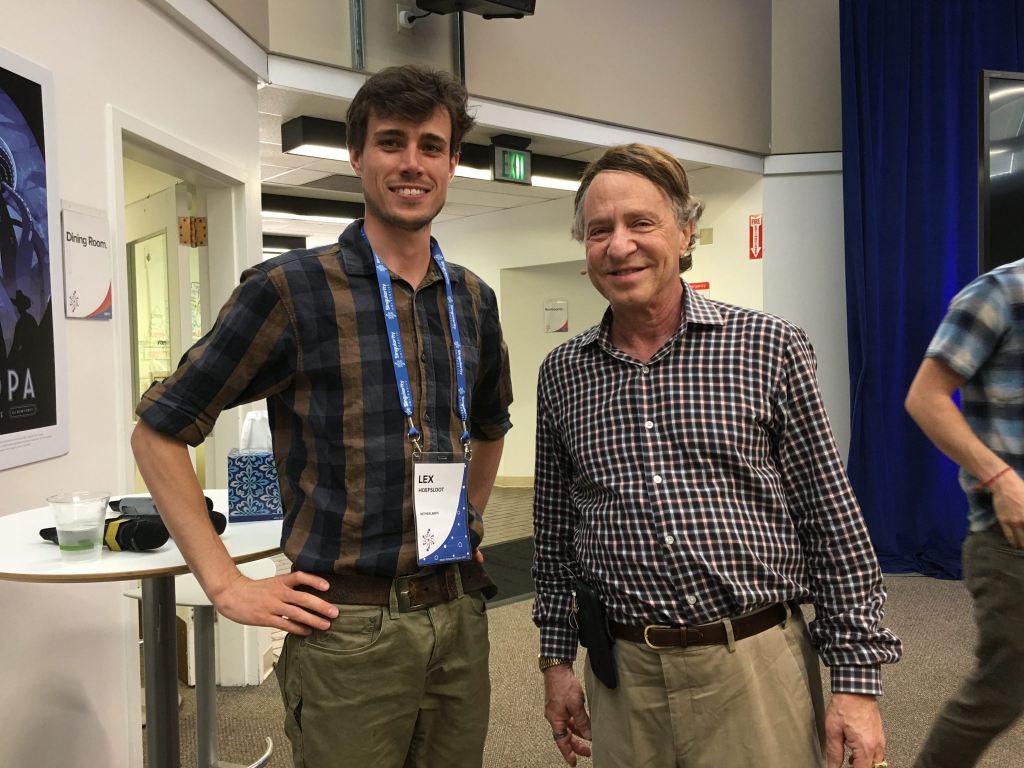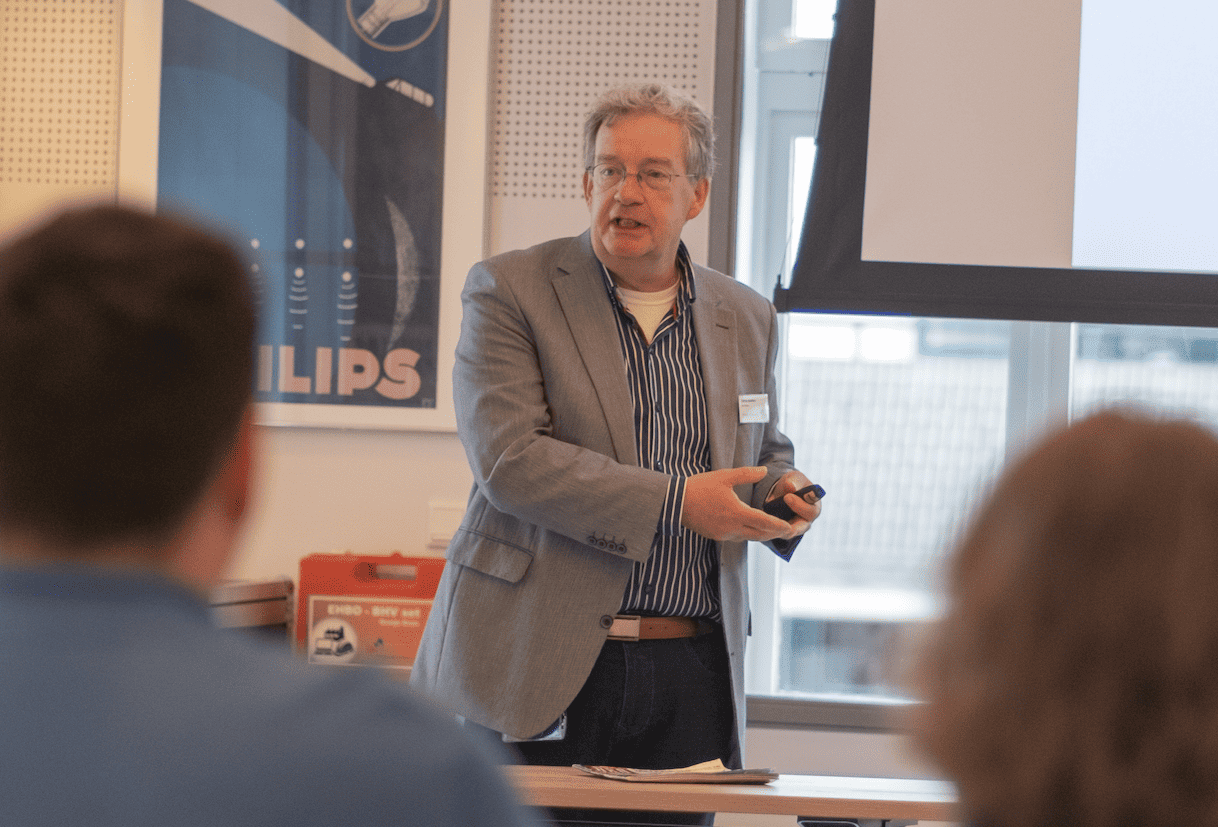

Lex Hoefsloot recently won the Singularity Global Impact Challenge. He now gets the opportunity to see and feel the innovative powers in Silicon Valley. For 8 weeks the frontman of Eindhoven-based startup Lightyear will be joining a Singularity program. His reports will be published regularly on E52 this summer. Today, the second episode. Here’s the whole series.
Alright, I admire you for the courage you had to click on an article with this title. You won’t be disappointed. It is safe to say that 3 days of lectures at Singularity University will give anybody attending the classes the feeling being bulldozed, then helped back on your feet in order to be bulldozed again. It is a combination of 12 hours of presentations a day, culture shock, very chilling predictions and very promising outlooks. While I am typing this I realize this still feels like an understatement to me. Judge for yourself: If anybody can make ‘implementing a high-bandwidth brain-computer interface with an artificial intelligence’ sound like a plausible best option for human survival, you can guess that the rest of the presentation had my mind blown. Who was this guy that almost got the group convinced? One of the earth’s greatest minds: Ray Kurzweil.
“The improvements in computing power drive most of the big technology trends in the world.”Lex Hoefsloot,

The background to this answer has actually already been widely discussed on the internet and efforts in this field are backed by large silicon valley investors (like Elon Musk). Some background is needed to explain the plausibility of this argument. It is on the most part based on the assumption that the field of artificial intelligence (AI) and Moore’s Law will inevitably proceed and a $1000 dollar computer will reach the computing capacity of the human brain in about 2029. Many experts in the field of AI believe that these machines in combination with the right algorithms will inevitably reach and then exceed the human cognitive abilities (although ‘intelligence’ is not very well specified in this claim). They claim it is ‘our last invention’. After that, it will just keep improving itself since it is more capable of doing that than us, humans. Since computers will then possess a level of intelligence that we will never be able to comprehend, it is difficult to make sure that it doesn’t come up with plans for humanity that we might not like. So the idea is: if you can’t beat them, join them. By implementing a high-bandwidth brain-computer interface, we might be able to comprehend what these AI’s are up to and correct any developments that might not be in favor of humanity. The ability to connect brains to computers is actually not new and being introduced through deep-brain stimulation and used for controlling prosthetics. Alright, are you still with me? Luckily, there is also quite some good news on AI: it might cure cancer, find more efficient materials for solar cells, and eliminate most of the driver errors on the road.
The main message behind most of the presentations at Singularity University (which you should not mistake for an actual university) is that the improvements in computing power drive most of the big technology trends in the world. Most improvements in other fields like bio-tech, 3D printing, drones and engineering are driven by the increasing ability for computers to simulate and operate in more complex situations through the increasing computing power that is available. Ray Kurzweil’s famous Law of Accelerating Returns implies that these improvements will not linearly improve, but exponentially, increasing by large percentages a year. So not just Moore’s Law follows this trend. But thinking exponentially in order to make predictions in the future requires a lot of courage since you will have to make seemingly impossible predictions in the eyes of most of the people around you.
It does explain why the presentations at Singularity University feel like they are told with an unhealthy dose of American optimism. It might just be what it takes to predict the future. We certainly can’t deny the fact that Ray Kurzweil has quite a track record. You can find another excellent example of our inability to think exponentially by Auke Hoekstra.








